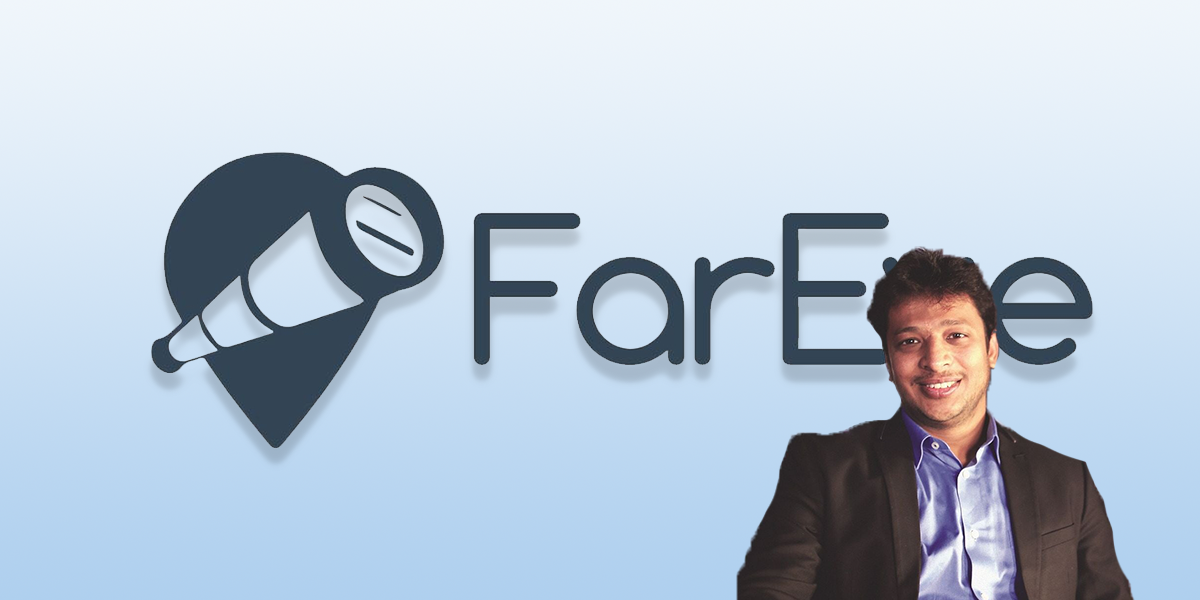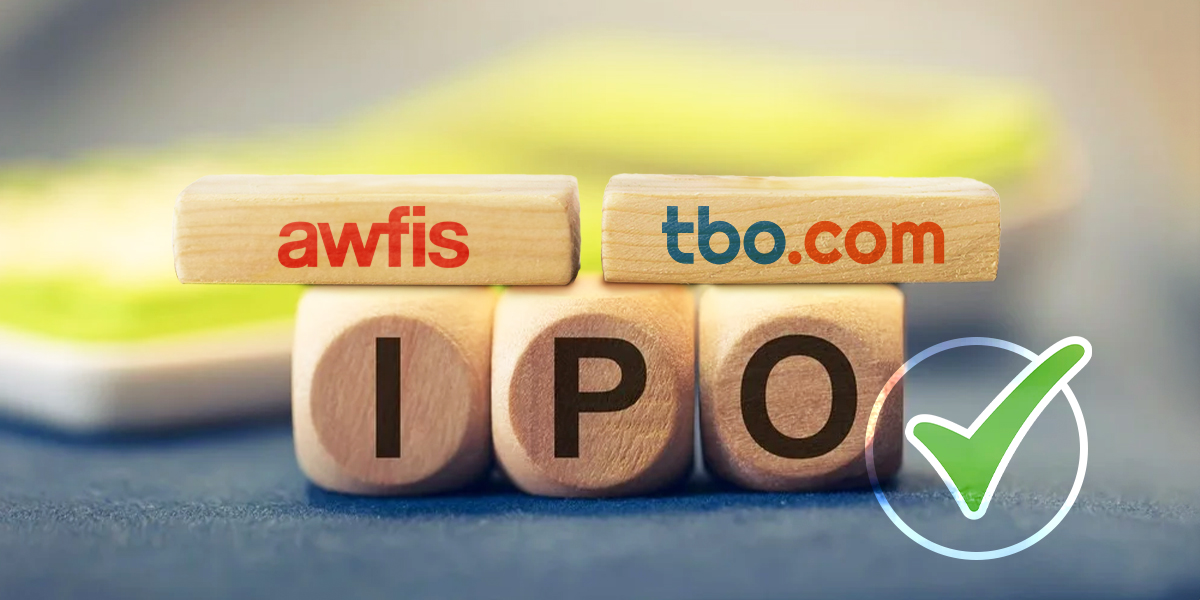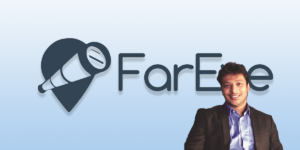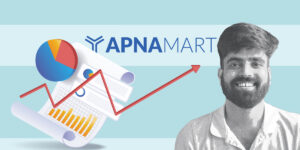A unique infrastructure to help, citizens and small businesses take control of their digital data, has been introduced today.
The Account Aggregator (AA) model helps individuals and small businesses share their digital financial data with third parties in a safe and secure
manner, and gives them greater control over how their data is being used.
The financial sector will be the first area where this will be deployed, while the approach can be later applied to telecom, healthcare, and other sectors.
The AA model will work as consent brokers, taking user permission to access their financial accounts and aggregate and organize all their financial information in one place.
“Thanks to AA and other digital infrastructure that we built, India will become a leader in empowering individuals and small businesses with their own data,” said Nandan Nilekani, former Chairman of UIDAI, while talking about the product on Thursday.
As per the RBI master direction, the business of an account aggregator model firm is to provide the service of retrieving or collecting such financial information pertaining to its customer and consolidating, organizing and presenting such information to the customer or any other financial information user as may be specified by the Bank.
In 2016, the RBI had approved a new class of NBFCs to act as Account Aggregators. The responsibilities of the account aggregator are to provide services based on the explicit consent of individual clients, it added. This primarily includes transfer, but not storing, of a client’s data.
The data that flows through an AA is encrypted and safe. It can be processed only by the FIU for whom the data is intended.
A collection of the ecosystem called Sahamati will work on growing the number of players using Account Aggregators.
The development is considered a significant step toward data empowerment for users.
In 2015, four major financial regulators namely RBI, SEBI, IRDA, and PFRDA came together to allow related entities under their control to share data with user consent.
The system will solve problems faced by a user or small businesses. At present, a user or entity has to collect, collate and share data themselves either physically or electronically. The process takes time and is a bit expensive.
Besides, there is no mechanism in place for a benefactor entity to access a user’s data digitally or physically, even after the user’s explicit consent.
There is also no framework available that can let an entity access users’ data even with users’ permissions. This creates friction in accessing data and a large amount of data is not effectively leveraged.
If implemented properly, the AA model promises to take lending and other services to a larger set of customers enabling greater financial inclusion in the country.
(The article and its headline have been updated. The earlier version mentioned Nandan Nilekani launched the Sahamati instead of the Account Aggregator.)













